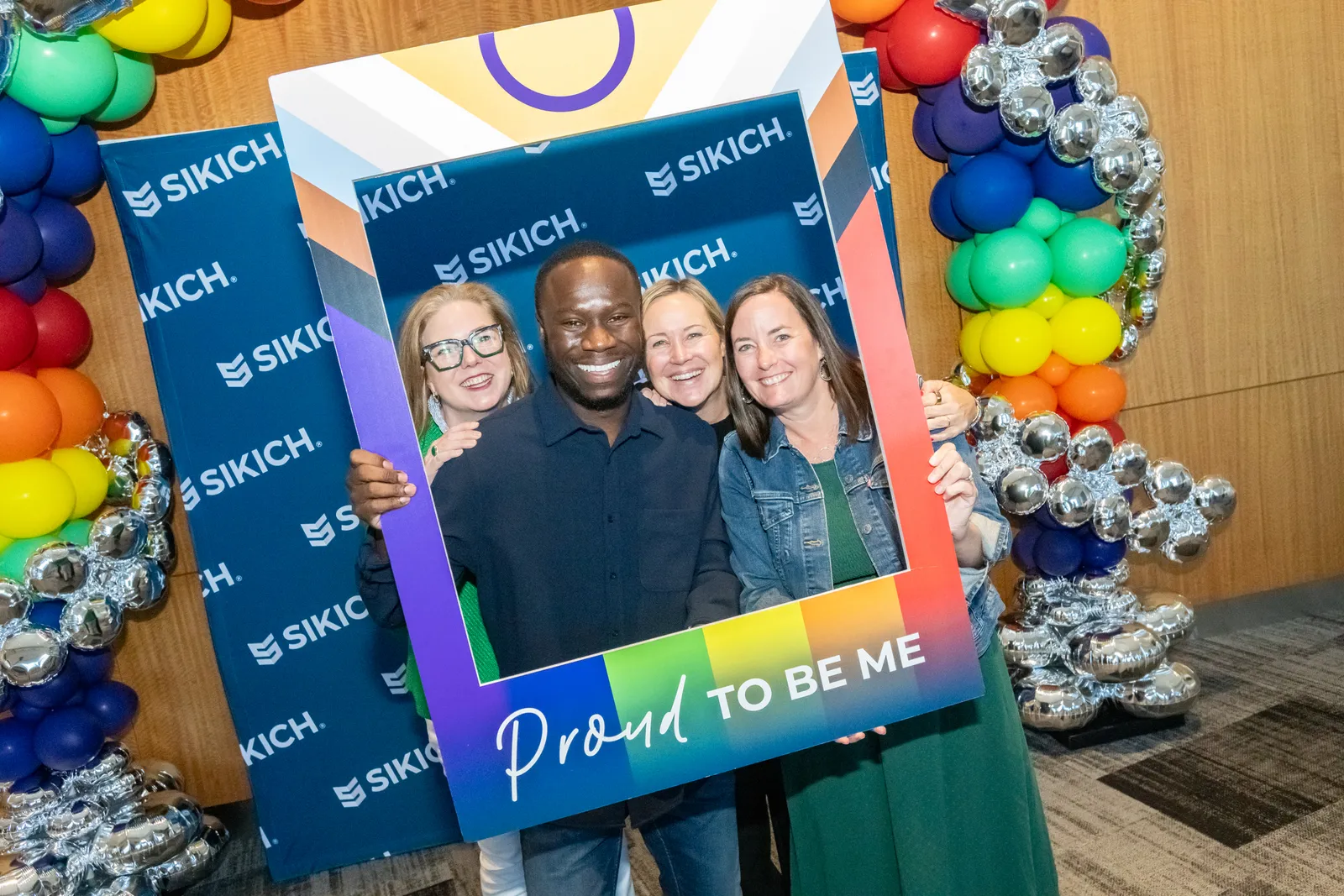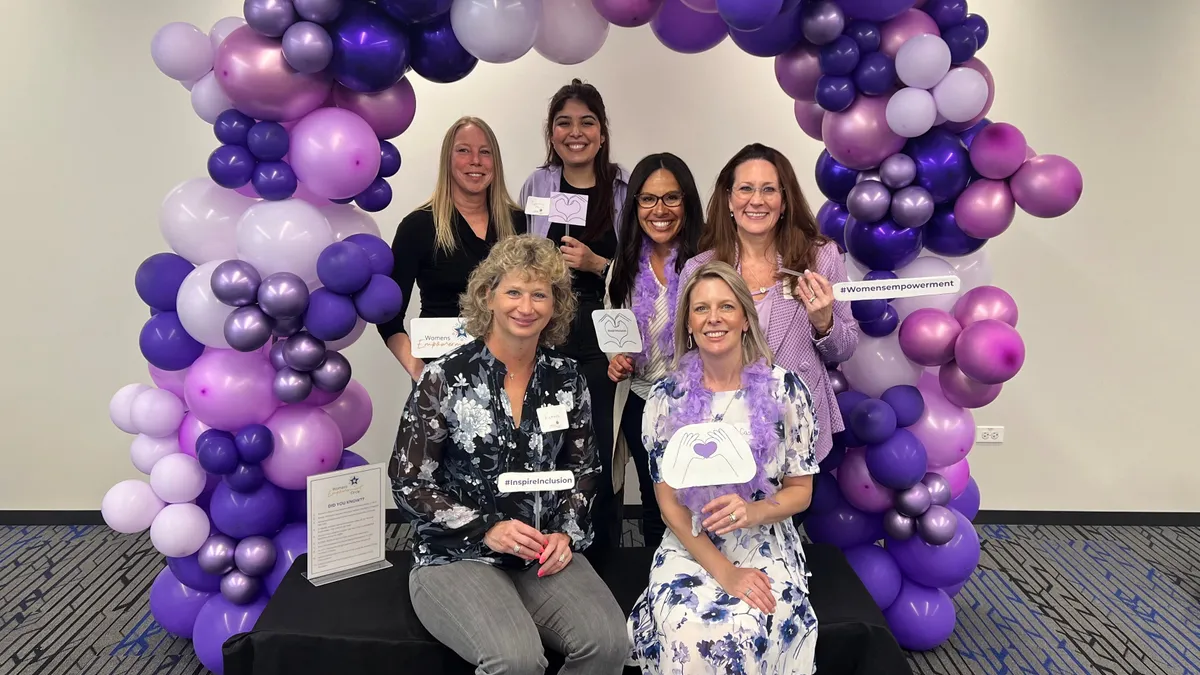Heather Peters is CHRO of Sikich.
Recent weeks have brought a slew of headlines about organizations depleting — or entirely dismantling — their DEI programs.
Among those moves was the Society for Human Resource Management's decision to remove “equity” from its messaging in favor of “inclusion and diversity” — a decision the group said was made to “underscore our commitment to leading with Inclusion as the catalyst for holistic change in workplaces and society.”
SHRM’s announcement grabbed the attention of many, sparking a critical dialogue. As HR leaders it is incumbent upon us to continue to nurture this conversation, knowing the influence and impact these kinds of decisions and attitudes have on future generations.
As a CHRO, creating and maintaining a culture where everyone has a place to grow, be successful and feel included is paramount to my organization’s success. SHRM’s decision and the cultural conversations that followed have left me wondering: How can we foster inclusive workplaces without a specific and stated focus on equity?
Intentional inclusivity
As a leader in a highly acquisitive company, I have experienced first-hand the positive impact of company leadership prioritizing culture.
In the past five years, Sikich has closed 20 acquisitions, expanding its geographic reach globally and essentially doubling our employee population. Assimilating cultures at this magnitude means we must be intentional about inclusivity. Going above and beyond to care for our team members and making certain we provide an exceptional employee experience requires purposeful action.
This is in part why two of our four stated business priorities are employee focused — people and culture. These two priorities are clear indicators of the value we place on our teams and their work environment.

Letters and words matter
D&I. DEI. DEIB. Despite SHRM’s CHRO suggesting in an HR Dive article that we “not get lost in an argument over a letter of the alphabet,” I am of the mindset that letters and words matter.
We were intentional about calling our own effort DEIB: diversity, equity, inclusion and belonging. Including all four pillars in our framework provides connection on the deeper level and fuels a culture that is rooted in all four values, none being more important than the other. I believe they work together in synergy, and each has an important place in our attitudes, behaviors and corporate cultures.
For a person to truly feel like they belong, must we not be focused on ensuring there is equity for all people in our organizations? Equity must be front and center with the rest of the values, not sidelined. Equity is the action; inclusion is the result.
The power of listening
Fostering inclusivity includes active listening. Seeking and gaining feedback and input can be a great way to ensure programming or company decision-making is driving the intended outcome you hope to achieve — and inclusion and belonging goals are no exception. This can take the form of formal feedback loops, such as annual employee engagement surveys or monthly pulse surveys, or more informal channels.
In the case of SHRM’s announcement, its CHRO said the organization arrived at this conclusion following an August 2023 “rapid response survey of 400 working Americans.”
Four hundred responses is insufficient to fuel such a wholesale change in thinking. Considering SHRM is an organization that says it represents and has access to more than 300,000 members — and hosted more than 20,000 stakeholders at its national conference just weeks before the announcement — I challenge us as HR professionals to consider how best to leverage the tools we have at our disposal. There is great power in the act of listening, but to ensure inclusivity, the participation or response must be representative of your employee population.
To ensure we continue to move forward in our collective DEIB journeys, shining the spotlight on positive ways to foster inclusivity — with equity at the core — is critical. Without an overt and deliberate focus on it, we risk losing the momentum we have been building toward continued, meaningful change.











